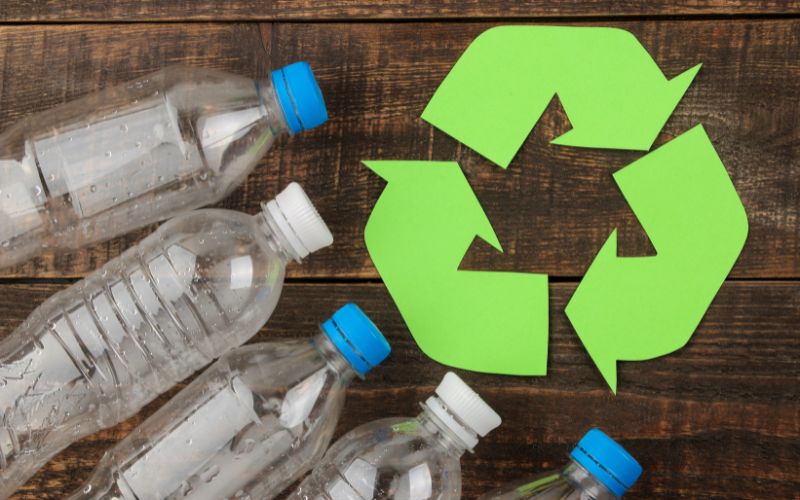Recycled plastics, once viewed primarily as environmental liabilities, are increasingly being recognized as valuable raw materials with versatile applications across various industries. From construction and automotive to fashion and electronics, innovative uses of recycled plastics are paving the way for a more sustainable future while reducing our reliance on virgin materials.
Diverse Applications of Recycled Plastics
- Building Materials: Recycled plastics are being incorporated into building materials such as lumber, roofing tiles, and insulation. These materials offer durability, weather resistance, and insulation properties comparable to traditional materials, while significantly reducing environmental impact.
- Packaging: Recycled plastics play a crucial role in sustainable packaging solutions. Companies are using recycled PET (polyethylene terephthalate) and HDPE (high-density polyethylene) to create bottles, containers, and films, contributing to circular economy principles and reducing plastic waste.
- Textiles and Fashion: In the textile industry, recycled polyester fibers from plastic bottles are increasingly used to produce clothing, footwear, and accessories. This reduces the demand for virgin polyester, conserves natural resources, and minimizes landfill waste.
- Automotive Sector: Recycled plastics find applications in vehicle interiors, dashboards, bumpers, and under-the-hood components. Automakers utilize recycled plastics to enhance sustainability credentials and reduce the carbon footprint of vehicle production.
- Electronics and Gadgets: Electronic manufacturers are incorporating recycled plastics into casings, housings, and components of devices such as smartphones, laptops, and home appliances. This reduces electronic waste and promotes a more circular approach to manufacturing.
Advantages of Using Recycled Plastics
- Environmental Benefits: Using recycled plastics conserves energy and reduces greenhouse gas emissions compared to producing new plastics from raw materials. It also diverts plastic waste from landfills and oceans, mitigating environmental pollution.
- Resource Conservation: Recycling plastics conserves valuable natural resources, including crude oil and natural gas, which are typically used in plastic production. This contributes to sustainability goals by reducing resource extraction and depletion.
- Economic Opportunities: The recycling industry generates jobs and economic opportunities in collection, sorting, processing, and manufacturing of recycled plastic products. It supports local economies and promotes innovation in waste management technologies.
Challenges and Future Prospects
- Quality and Purity: Ensuring the quality and purity of recycled plastics is essential for maintaining performance and meeting industry standards. Advances in sorting and purification technologies are critical to enhancing the marketability of recycled materials.
- Consumer Perception: Educating consumers about the benefits and safety of recycled plastics is crucial for increasing demand and market acceptance of recycled products over virgin alternatives.
- Innovation and Investment: Continued innovation in recycling technologies and infrastructure investment are necessary to expand the range of applications and improve the cost-effectiveness of recycled plastics.
Conclusion: Towards a Circular Economy
The innovative uses of recycled plastics underscore their potential to drive sustainable development and foster a circular economy where materials are reused, recycled, and repurposed. By embracing recycled plastics across industries and investing in infrastructure and technology, we can reduce environmental impact, conserve resources, and create a more resilient and resource-efficient economy for future generations. Together, we can harness the transformative power of recycled plastics to build a sustainable and thriving planet.


